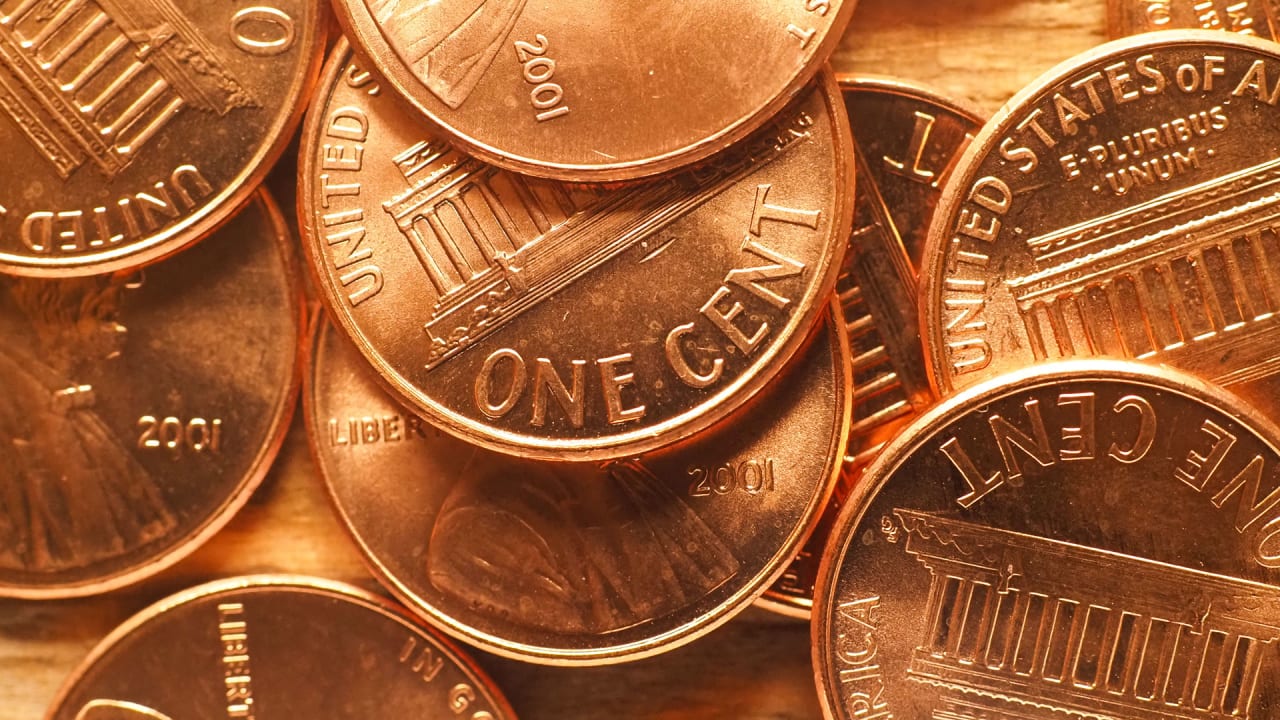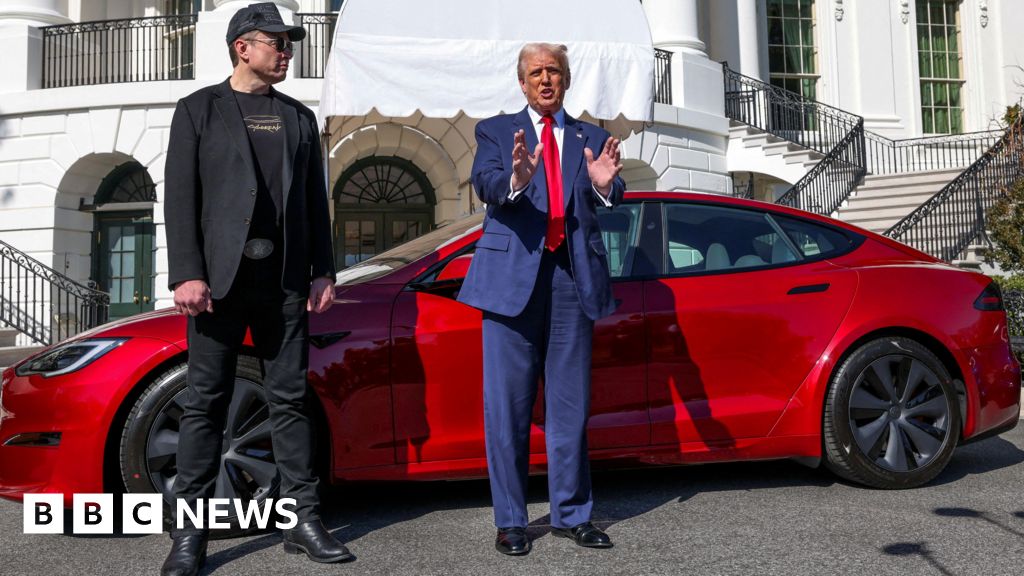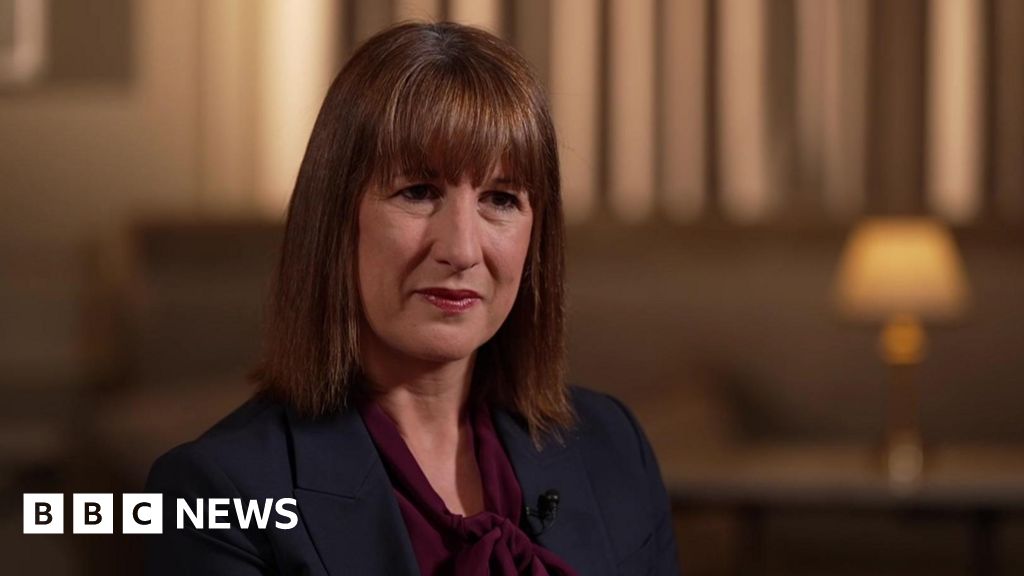The U.S. Treasury will stop minting pennies. Here’s how the math adds up

The U.S. Treasury said on Thursday it is phasing out the penny, and will soon stop putting new one-cent coins into circulation.
The U.S. Mint, which produces the coins, made its final order of penny blanks and will stop producing the coin—after over two centuries—when those run out, the Associated Press reported. (The penny was first issued in 1793, when it featured a woman.)
Like many things these days, it turns out the cost of making a penny is a lot more expensive than it used to be—over 20% more in 2024—to be precise, according to the Treasury. Blame it on higher costs of production and materials, but either way, the U.S. lost over $85 million making the penny last year, per the Wall Street Journal. Halting production is expected to save taxpayers $56 million annually.
The decision isn’t surprising—killing the penny has had bipartisan support in recent years. Back in February, President Donald Trump said he ordered the U.S. Mint to halt penny production. Elon Musk’s so-called Department of Government Efficiency also targeted the penny, posting on X that it costs over 3 cents to make each one, for a cost of over $179 million in fiscal 2023 to U.S. taxpayers.
Don’t worry, you can still use your pennies for now, but be prepared to round up to a nickel, since eventually businesses will run out of them.
However, a look at the numbers also shows that nickels cost even more money to produce at 13.8 cents each, or 11 cents for production costs plus 2.8 cents for administrative and distribution, based on the most recent fiscal year, per CNN.
What's Your Reaction?
 Like
0
Like
0
 Dislike
0
Dislike
0
 Love
0
Love
0
 Funny
0
Funny
0
 Angry
0
Angry
0
 Sad
0
Sad
0
 Wow
0
Wow
0





























































































